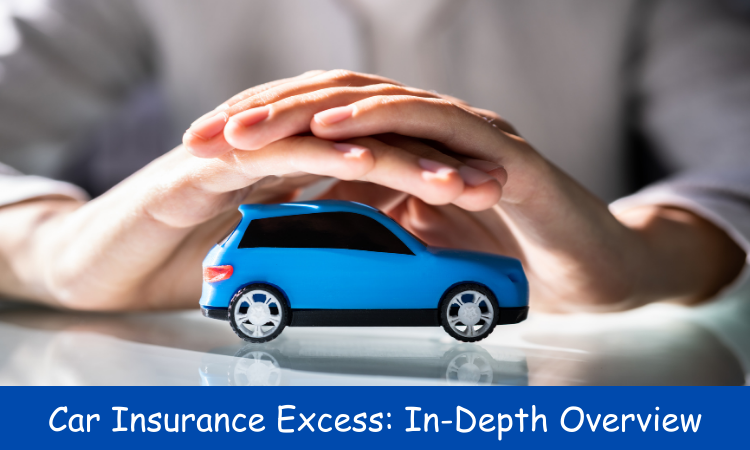
You must first use your car insurance excess in order for your claim to be processed. Any car insurance, whether it be basic third-party, fire and theft, or comprehensive, has an excess. The majority of people will understand how this car insurance excess operates, but it is understandable that many will still be confused about when it needs to be paid, how it can change, and how to lower it.
The amount you pay when filing a claim with your car insurance provider is known as the car insurance excess. If you're responsible for the damage to your car, a specific sum, known as the deductible, will be subtracted from your insurance claim payout.
Car insurance excess helps in keeping premiums low by helping to pay for the expense of repairing and replacing insured automobiles.
The excess variable may also be impacted by other factors such as your car model, driving experience, and age.
Whether you are an experienced driver or you just put on your red p-plates, it's probable that you have already suffered (or will soon experience) a little scratch or ding. If this occurs, it's likely that your car insurance excess will have an impact on whether you file a claim for these damages.
Let's assume that the excess on your insurance plan is $1,000. You must first pay your car insurance excess if your claim is for $1,500 in repairs; your insurance provider will then pay the remaining $500. But, if you are in a minor accident and the repairs would cost $700, your provider cannot assist you because the amount is below your predetermined excess and it would not be economically beneficial for them to do so.
Depending on the situation, someone may pay your excess. Usually, the at-fault driver is required to pay the expenses brought on by their actions. Although if it happens occasionally for some drivers to try to avoid paying, honest drivers will typically work out your excess or arrange the repairs privately with you.
If you cannot agree on who was at responsibility, you would then present your evidence to the relevant insurer and come to a resolution through this provider.
Various types of car insurance excess are discussed below:
Compulsory excess
This is a predetermined amount that an insurance provider or insurer establishes depending on a variety of variables, including your age, driving history, and automobile model. This excess is beyond your power to manage. For instance, a more expensive type of car would have a greater mandatory excess than one that is less expensive.
Voluntary excess
When you file a claim, this amount is added to the required car insurance excess. As the name implies, you have a choice in how much you pay in excess. By raising your voluntary excess, you may reduce your premium, but you would still be responsible for paying it upon filing a claim. Consider paying a greater extra if you feel comfortable and safe behind the wheel. Your selection will determine whether to increase or decrease the lot.
Young Driver Excess
You may be subject to an additional inexperience or age excess on your insurance if you are a young driver (under 25) or a new driver. This is done to protect your provider from the added hazards brought on by your inexperience driving. This will no longer be applicable after the age of 25 or after two years for inexperienced drivers beyond 25 and your excess will decrease.
The time to pay your car insurance excess is typically when you're filing a claim, regardless of who is at fault, but it's usually you. It might depend on a variety of factors, from car crashes to fire incidents. You only have to pay the excess sum if you are to blame for the damage to your own vehicle or the vehicles of others.
The excess may be waived, nevertheless, if the wrongdoer accepts responsibility for their actions. But, the insurance company's policies might also affect this, so it's best to continue to be ready for the deductible.
Before choosing your car insurance excess, you need to be aware of a few situations. Knowing when the excess policy won't apply is important.
You won't be able to claim your covered share if the cost of repairing your car is less than your excess. Other elements are at play as well, and they will vary depending on the insurance provider you choose.
The cost of your car insurance excess will depend on a number of variables. Age, wealth, and lifestyle should all be taken into account when choosing your insurance plan. However, on average, most Australians have an excess of $700 to 850.
The word "car insurance excess," also known as "deductible," should be familiar to you if you're looking to get car insurance for the first time. What exactly is car insurance excess, and how does it affect your car insurance claim? Hopefully, our above guide will answer all these questions and provide you with valuable tips on making the right decision.